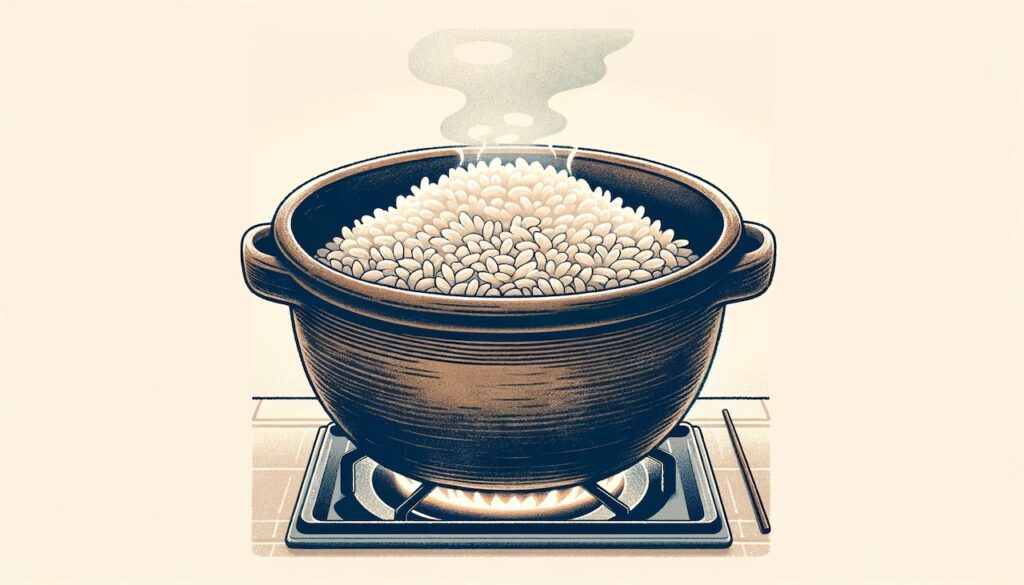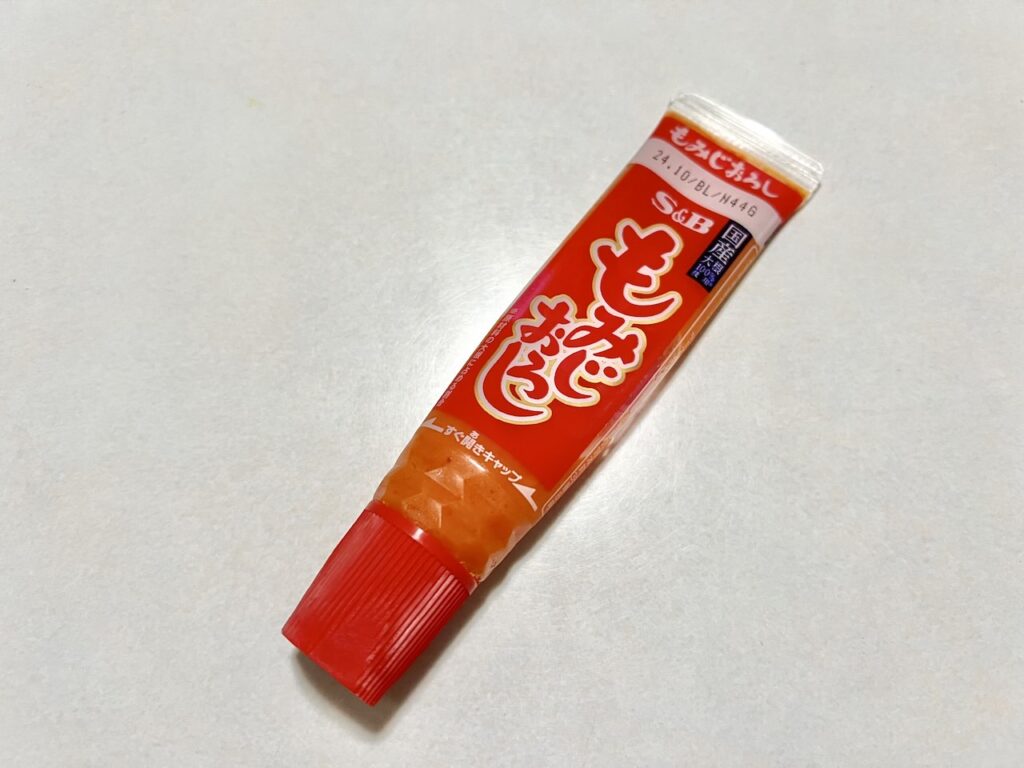As both a culinary anthropologist and nutritionist, I’m endlessly fascinated by how simple ingredients can become beloved delicacies across cultures.
Scorched rice—the crispy, golden layer of rice at the bottom of a pot—is one such universal phenomenon. Let’s explore the magic behind scorched rice, its cultural significance worldwide, and the health factors worth knowing.
The Science Behind Scorched Rice
Before we embark on a world tour, let’s understand the delicious science at work:
- Maillard Reaction:
A chemical reaction between amino acids and sugars that creates the rich, savory flavors and browned color. - Caramelization:
Sugars in the rice break down and deepen the flavor profile, contributing to that irresistible golden crust. - Texture Transformation:
Heat crisps the bottom layer of rice, adding a delightful crunch that contrasts with the tender grains above.
Health Considerations: Balancing Enjoyment and Awareness
The Acrylamide Question
Acrylamide—a compound that can form when starchy foods are cooked at high temperatures—has raised health concerns.
- Scorched rice contains lower acrylamide levels compared to foods like french fries or potato chips.
- Current studies have not conclusively linked moderate dietary acrylamide intake to cancer in humans.
- Moderation is key—occasional enjoyment is unlikely to pose significant risks.
Nutritional Perks
Scorched rice isn’t just about flavor—it offers nutritional benefits too:
- Antioxidants:
The Maillard reaction produces compounds with antioxidant properties. - Minerals:
Retains essential nutrients like magnesium, iron, and selenium. - Dietary Fiber:
The crispy texture provides insoluble fiber, supporting digestive health.
Blood Sugar Impact
Interestingly, the scorching process may slightly lower the glycemic index of rice, offering a more gradual rise in blood sugar compared to steamed rice.
A Global Tour of Scorched Rice Dishes
Cultures around the world have found ingenious ways to celebrate scorched rice:
🇯🇵 Japan: Okoge
- Okoge (おこげ):
The crispy layer prized in traditional rice cookers and clay pots. - Modern twists:
Used in rice bowls and stir-fries for added texture.
🇰🇷 Korea: Nurungji
- Nurungji (누룽지):
Enjoyed as a snack, steeped into a comforting tea, or added to soups. - Contemporary appeal:
Packaged as health-conscious snacks and pantry staples.
🇨🇳 China: Guoba
- Guoba (锅巴):
Intentionally created and paired with rich sauces in Sichuan cuisine. - In soups:
Absorbs savory broths while maintaining a satisfying chew.
🇮🇷 Iran: Tahdig
- Tahdig (تهدیگ):
Perhaps the world’s most famous scorched rice, boasting a golden crust. - Variations:
Sometimes made with potatoes or thin layers of bread for added decadence.
🇪🇸 Spain: Socarrat
- Socarrat:
The coveted crispy bottom layer of a well-made paella, infused with seafood and saffron flavors.
🇸🇳 Senegal: Xoon
- Xoon:
The crispy rice at the bottom of jollof rice pots. - Cultural note:
Traditionally reserved for elders or honored guests.
The Deeper Meaning of Scorched Rice
Scorched rice is more than a tasty treat—it’s a cultural symbol of:
- Resourcefulness:
Celebrating the philosophy of “no waste” in cooking. - Textural Harmony:
Highlighting the universal love for contrasts between soft and crispy textures. - Shared Experience:
In many cultures, scorched rice is enjoyed communally, fostering a sense of connection and gratitude.
Conclusion: Savoring Scorched Rice Mindfully
Across continents and generations, scorched rice dishes like okoge, nurungji, guoba, tahdig, socarrat, and xoon show how different cultures have elevated this humble ingredient into something extraordinary.
While it’s wise to be mindful of health concerns like acrylamide, occasional indulgence in scorched rice—especially as part of a balanced diet—poses little risk and offers a rich sensory and cultural experience.
In our interconnected world, scorched rice serves as a reminder that some culinary joys are truly universal: a simple grain, a little extra heat, and a lot of love.


